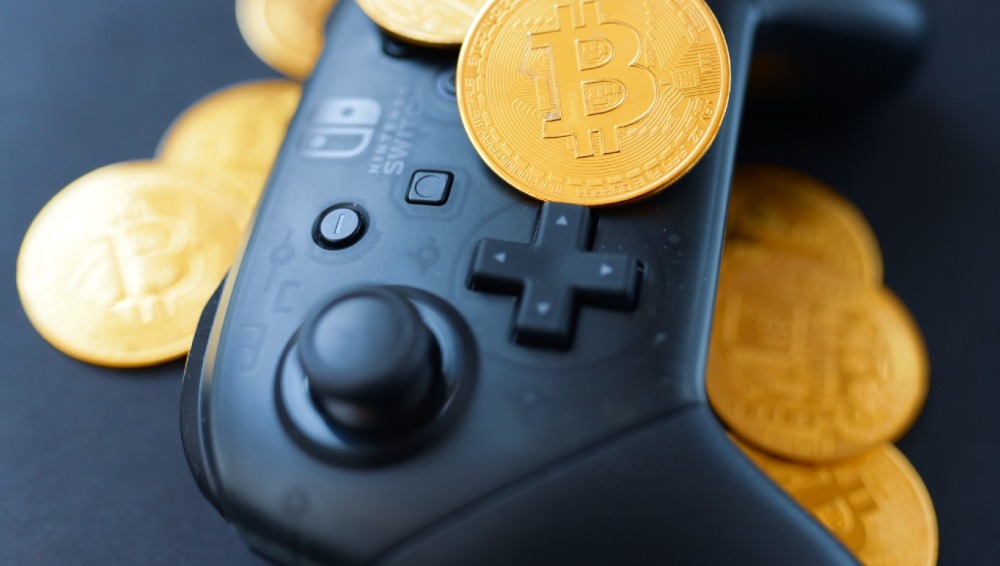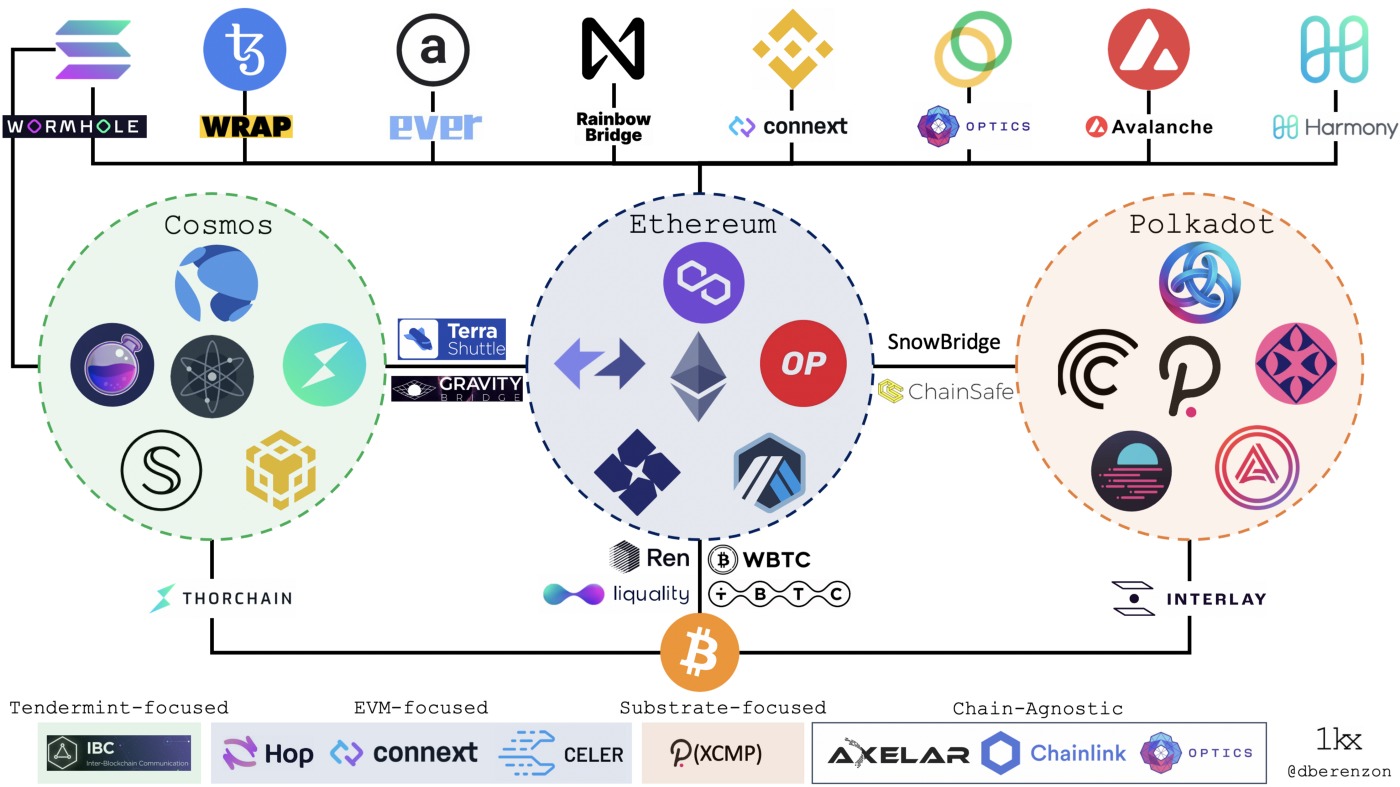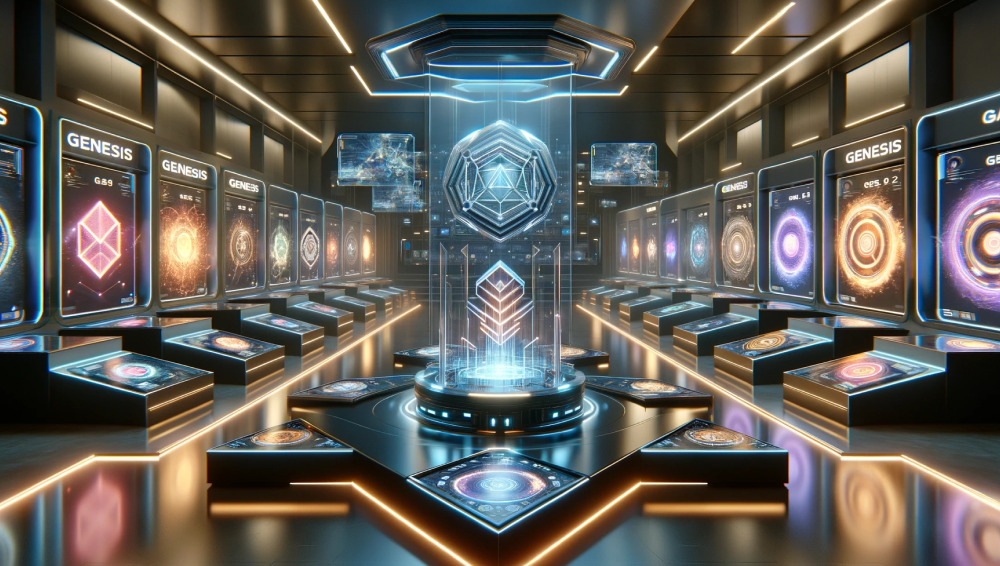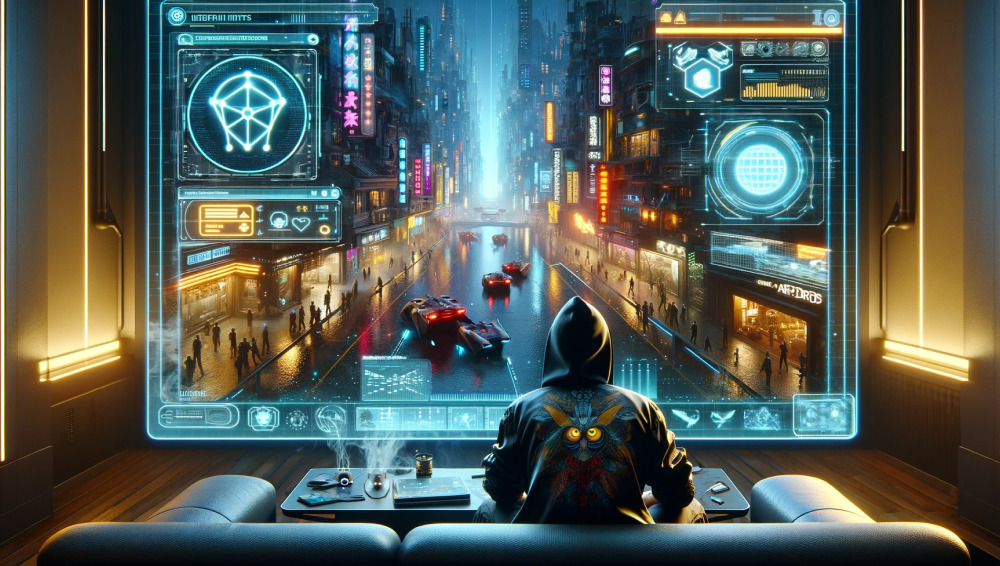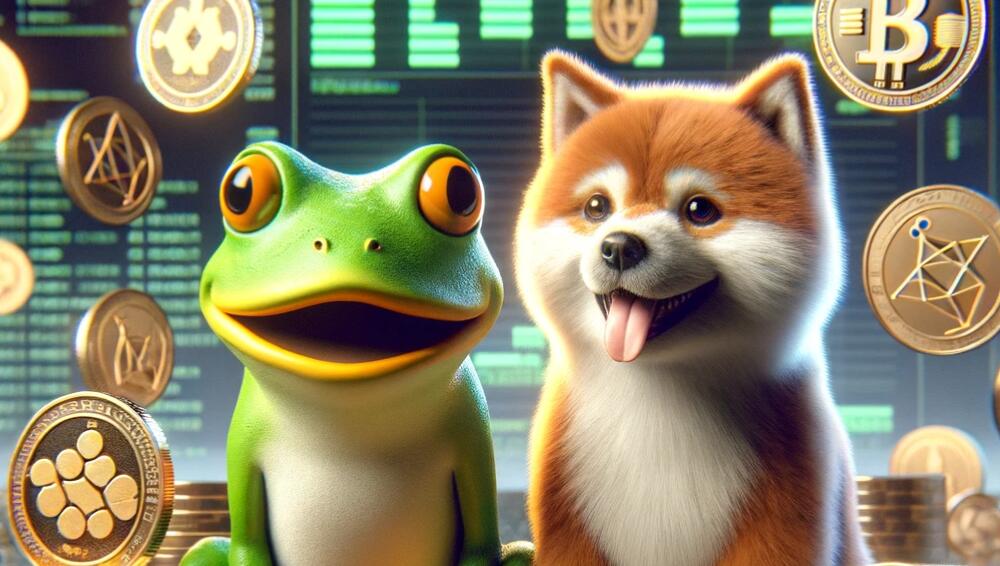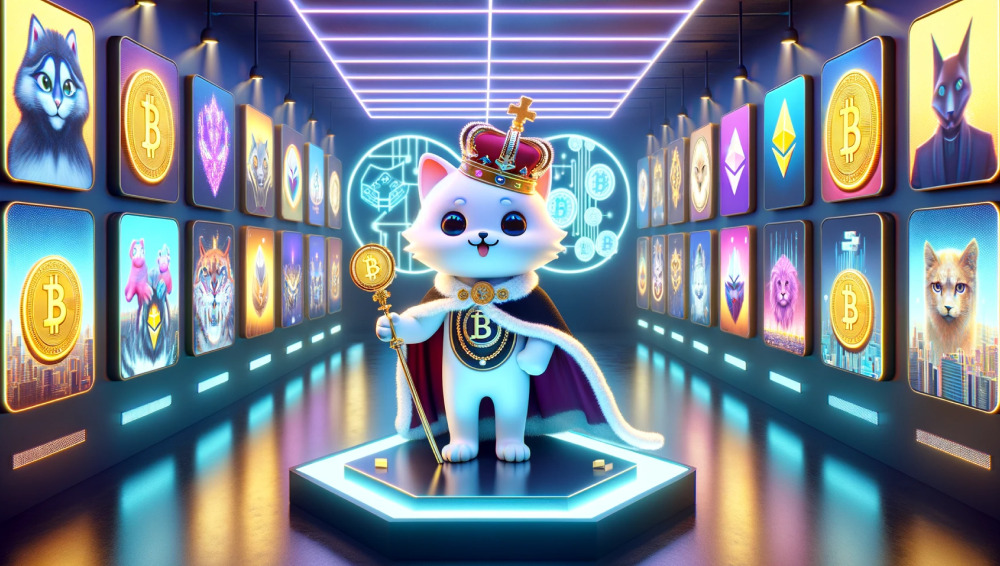- Interoperability is the focus of all the new blockchain-based P2E games as they look forward to expanding their community.
-
Though most of these games are attempting to achieve digital asset interoperability, experience interoperability is still a work in progress.
The ability of various systems, platforms, or networks to operate together without error is referred to as interoperability. Interoperability can help players move their assets and in-game items between blockchain-based games as well as enable cross-chain communication and transactions in the context of gaming on multiple blockchains and be respected across different gaming ecosystems for their experience.
Giving players more choices and opportunities to interact with different games and groups can dramatically improve the player-to-earn gaming experience. Interoperability is one of the many factors that can make P2E successful.
Here’s the alpha for 2023 in web3 gaming:
— Susan Cummings (@cummingssi) December 30, 2022
– fun and use case above all else
– which blockchain irrelevant (read our whitepaper on cloning/passports)
– interoperability
– UGC tools (composability)
– casual will come before hardcore (as in mobile)
– P2E will all but vanish
There are two types of interoperability that blockchain-based P2E games require to move forward:
Interoperability of Digital Assets:
The interoperability of P2E is the ability of different platforms to move their digital assets across different blockchains. Let’s break it simply, suppose game A uses Ethereum-based NFTs as its in-game assets. Likewise, Game B uses BSC-based NFTs as in-game items. If somehow both games decide to collaborate, they will bridge their digital assets in a way that players can move them across both platforms.
Interoperability of Experience:
Interoperability of experience enhances the gaming experience by providing players with more opportunities. It offers engagement with different games and communities and to share their achievements and progress across different games and platforms.
How can Interoperability help the P2E boom?
Interoperable assets refer to the capability of players to transfer their assets and in-game items between various blockchain-based games. Players now have more freedom and opportunities to interact with various games and communities thanks to this.
Interoperability of experience allows players to share their experience, accomplishments, and progress from one game to the others. Interoperable experience refers to the creation of value for the experience between games and ecosystems. This can be accomplished by utilizing shared spaces like GameFi, a trustless shared space that enables communication between various video games and blockchain projects.
A common set of accomplishments or milestones that players can achieve in one game and then use to unlock bonuses or exclusive features in other games is one example of how this can be implemented. A shared leaderboard or ranking system where players’ performance in one game affects the standings of other games is another illustration.
Conclusion:
Conclusively, together, these two types of interoperability have the potential to significantly improve the P2E gaming experience by giving players more options to interact with other games and communities and to share their accomplishments and progress across many platforms.
Disclaimer: This article is provided for informational purposes only. It is not offered or intended to be used as legal, tax, investment, financial, or other advice.

